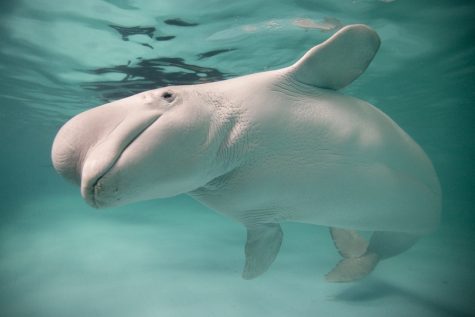“The Wind Rises” is the perfect final film for master storyteller Hayao Miyazaki
There have always been rumors. This is Hayao Miyazaki’s last film. No, this is Miyazaki’s last film.
Well, whether this is his final film or not, master storyteller Hayao Miyazaki has created another beautiful film full of love and dreams with “The Wind Rises.”
Adapted from Miyazaki’s own manga, the film is loosely based on a fictional biography of Jiro Horikoshi, designer of the Mitsubishi A5M and Mitsubishi A6M Zero, aircrafts that were used during World War II.
Jiro Horikoshi (Joseph Gordon-Levitt) dreams of flying airplanes. Due to his poor eyesight, that dream seems impossible until he has a shared dream (lots of dreaming in this movie) with an Italian plane designer Caproni (Stanley Tucci). Caproni tells young Jiro that building planes is better than flying them. And so Jiro embarks on a journey to fulfill his dream and build beautiful airplanes.
This Miyazaki film is unlike any other film of his I have seen. It is no less beautiful and perfect (in my eyes) but does take a different approach.
For one thing, there is no magic in this film. No little witch flying on her broom, no parents being turned into pigs and no wizards in their moving castles. The fantastical element comes in Jiro’s dreams and visions, and there are still Miyazaki’s trademark of flying things, though these aircrafts don’t look like the ones we fly in today.
History fans and those studying engineering will love this movie. There may not be any magic but there is certainly a lot of math and numbers. Don’t let all the talk of planes and weight distribution dissuade you, for Miyazaki keeps these moments short and light adding great comedic relief with Jiro’s good friend Honjo (voiced brinitanlly by John Krasinski).
All the actors do a great job voicing their characters — no simple task, as it is all dubbed from Japanese to English.
I’m not sure if this is common in all of his movies, I’ve never really noticed this before, but the use of human voices for the sound effects is a great aspect to the film. Everything from the plane engines to the real life earthquake of 1923 come to life through human voices.
But aside from these new or different altercations to the film, from the very first shot of the Japanese landscape there is no doubt “The Wind Rises” is a Miyazaki film. His animations are breathtaking from the clouds in the sky to the facial expressions of his characters. And like always, I get very hungry every time I see food in his film because it is so realistic you could eat it right there.
Among all the engineering and history of this film (there are parallels to Great Depression and the start of World War II) is a love story. Not just between Jiro and his planes but Jiro and the lovely Nahoko Satomi (Emily Blunt) who is his perfect match. Theirs is a love that will make you cry, so be sure to bring some tissues with you.
“The Wind Rises” is a very human story. It shows the trials and failures of going after one’s dream and the great success of seeing those dreams become a reality. It showcases the strength love offers and the power of good friends and family. In this way the movie is very much about the heart and soul of human nature.
I give “The Wind Rises” four out of four airplanes. I don’t know if the rumors are true that Hayao Miyazaki is not retiring after all. But if he is, he has definitely left us the most beautiful finale anyone could ask for.











